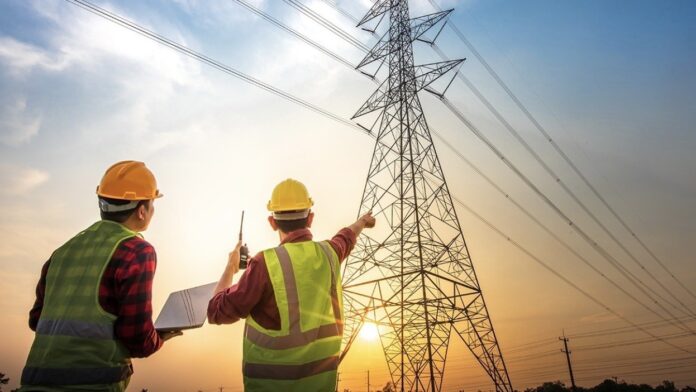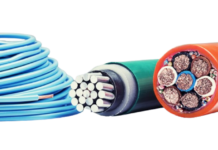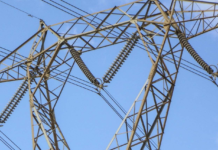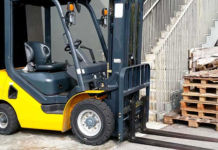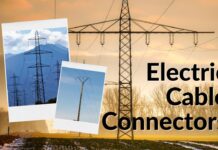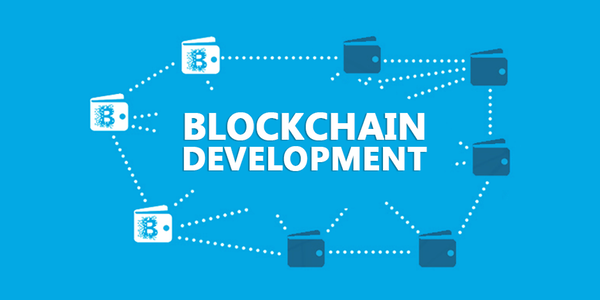Introduction
High voltage cables play a crucial role in our modern world, silently facilitating the transmission of power across various industries. Understanding their intricacies is key to appreciating their significance in power distribution networks.
Understanding High Voltage Cables
Definition and Classification
High voltage cables come in various types, each serving a specific purpose. We’ll delve into the classifications and understand how they differ in function.
Insulation Materials
Explore the diverse world of insulation materials employed in high voltage cables. From traditional options to cutting-edge innovations, discover the materials that ensure efficient power flow.
Components Overview
Uncover the internal components that make high voltage cables tick. We’ll break down the anatomy, explaining the role of each element in ensuring seamless power transmission.
Key Characteristics of High-Voltage Cables
Voltage Ratings
Dive into the significance of voltage ratings in high voltage cables. Learn how these ratings impact performance and safety, guiding engineers in their design choices.
Current-Carrying Capacity
Understand the delicate balance between current-carrying capacity and cable design. Explore the factors that influence this critical aspect of high-voltage cable functionality.
Temperature Considerations
Temperature plays a pivotal role in the operation of high voltage cables. Discover the impact of temperature on cable performance and the measures taken to mitigate potential challenges.
Construction of High Voltage Cables
Conductors
Explore the materials and design considerations behind the conductors, the backbone of high voltage cables. Uncover the choices made to ensure optimal conductivity and longevity.
Insulation Layers
Delve into the role and types of insulation used in high voltage cables. From traditional dielectrics to advanced insulating materials, understand how these layers protect and enhance cable performance.
Shielding and Armor
Discover the shielding and armor mechanisms that provide high voltage cables with robust protection. Learn how these features ensure durability and resilience in various environmental conditions.
Transmission and Distribution of Power
Power Transmission Networks
Examine the pivotal role of high voltage cables in power transmission networks. From
long-distance transmission to local distribution, understand how these cables form the backbone of electricity delivery.
Substation Connections
Highlighting the importance of substation connections, explore the critical junctions where high voltage cables interface with the broader power infrastructure.
Underground and Overhead Applications
Contrast the applications of high voltage cables in underground and overhead settings. Uncover the advantages and challenges associated with each method.
Challenges and Solutions
Performance Factors
Identify the factors that can affect the performance of high voltage cables. From environmental conditions to design considerations, explore the challenges engineers face in ensuring optimal cable functionality.
Electrical Losses and Heat Dissipation
Delve into the strategies employed to mitigate electrical losses and manage heat dissipation in high voltage cables. Explore innovations that enhance efficiency and reduce environmental impact.
Technological Innovations
Highlight the ongoing innovations in high-voltage cable technology. From superconductors to advanced materials, explore how these developments address challenges and push the boundaries of performance.
Safety Considerations
Handling Protocols
Emphasize the importance of safety measures in handling high voltage cables. Discuss the protocols and precautions taken during installation, maintenance, and repair.
Protective Gear and Equipment
Explore the protective gear and equipment used by professionals working with high voltage cables. From insulating tools to safety clothing, understand the precautions taken to ensure personnel safety.
Emergency Response
Outline the emergency response protocols in case of high-voltage cable failure. Discuss the swift and efficient measures taken to address potential risks and minimize downtime.
Environmental Impact
Eco-Friendly Materials
Highlight the shift towards eco-friendly materials in high-voltage cable construction. Explore sustainable alternatives that reduce the environmental footprint of cable manufacturing.
Recycling Considerations
Examine the challenges and considerations associated with recycling high voltage cables. Discuss the industry’s efforts to minimize waste and promote responsible disposal practices.
Sustainability Practices
Explore sustainable practices within the high-voltage cable industry. From manufacturing processes to corporate initiatives, uncover how the industry is aligning with environmental stewardship.
Future Trends in High-Voltage Cable Technology
Emerging Technologies
Discuss the emerging technologies poised to revolutionize high-voltage cable systems. From advanced materials to smart technologies, explore the future landscape of cable innovation.
Smart High-Voltage Cables
Explore the applications of smart technologies in high voltage cables. Discuss how sensors, monitoring systems, and data analytics contribute to enhanced performance and reliability.
Advancements in Materials and Design
Highlight the ongoing advancements in materials and design that promise enhanced performance in high voltage cables. Discuss how these innovations address current challenges and pave the way for future applications.
Conclusion
Recap of Key Points
Summarize the key insights into how high voltage cables work. Recap the critical elements discussed, providing a comprehensive overview for readers.
Significance in the Modern World
Emphasize the continued significance of high voltage cables in powering the modern world. Connect their role to the broader infrastructure that sustains our daily lives.
Future Prospects and Innovations
Conclude by exploring the exciting prospects and innovations on the horizon for high-voltage cable technology. Highlight how ongoing developments will shape the future of power transmission and distribution.
Frequently Asked Questions (FAQs)
Q1: What is the role of high-voltage cables in power transmission?
A1: High-voltage cables play a vital role in transmitting electrical power over long distances. They act as conduits for high-voltage electricity, ensuring efficient and reliable distribution from power sources to end-users.
Q2: What distinguishes high-voltage cables from regular cables?
A2: High-voltage cables are designed to handle higher voltage levels, typically used in power transmission and distribution. They feature specialized insulation, shielding, and construction to manage the increased electrical stress associated with high voltages.
Q3: How are high-voltage cables classified?
A3: High-voltage cables are classified based on their applications and voltage ratings. Common classifications include extra-high voltage (EHV) and ultra-high voltage (UHV) cables, each suited for specific transmission requirements.
Q4: What are the key characteristics to consider in high-voltage cables?
A4: Voltage ratings, current-carrying capacity, and temperature considerations are crucial characteristics. Voltage ratings indicate the cable’s capacity, current-carrying capacity defines its load-handling capability, and temperature considerations ensure safe operation under varying conditions.
Q5: How do high-voltage cables manage temperature challenges?
A5: High-voltage cables are designed with materials that withstand temperature fluctuations. Insulation materials and cooling mechanisms help dissipate heat, ensuring the cable operates within safe temperature limits.
Q6: What materials are commonly used for high-voltage cable conductors?
A6: High-voltage cable conductors are often made from copper or aluminum due to their excellent conductivity. The choice depends on factors like cost, weight, and specific application requirements.
Q7: How do high-voltage cables contribute to underground and overhead power transmission?
A7: High-voltage cables are used both underground and overhead. Underground cables are suitable for urban areas, while overhead cables are common in rural regions. Each method has its advantages and considerations.
Q8: Are there safety measures for handling high-voltage cables?
A8: Absolutely. Safety measures include using insulated tools, wearing protective gear, and following strict protocols during installation, maintenance, and repairs. Adherence to these measures is critical to preventing accidents.
Q9: What innovations are driving advancements in high-voltage cable technology?
A9: Innovations include smart technologies for monitoring cable health, advancements in insulation materials, and the exploration of superconductors. These developments aim to enhance performance, efficiency, and reliability.
Q10: How do high-voltage cables contribute to environmental sustainability?
A10: Some high-voltage cables now incorporate eco-friendly materials, and the industry is increasingly focused on recycling and sustainable practices. These initiatives aim to minimize the environmental impact of high-voltage cable manufacturing and disposal.

